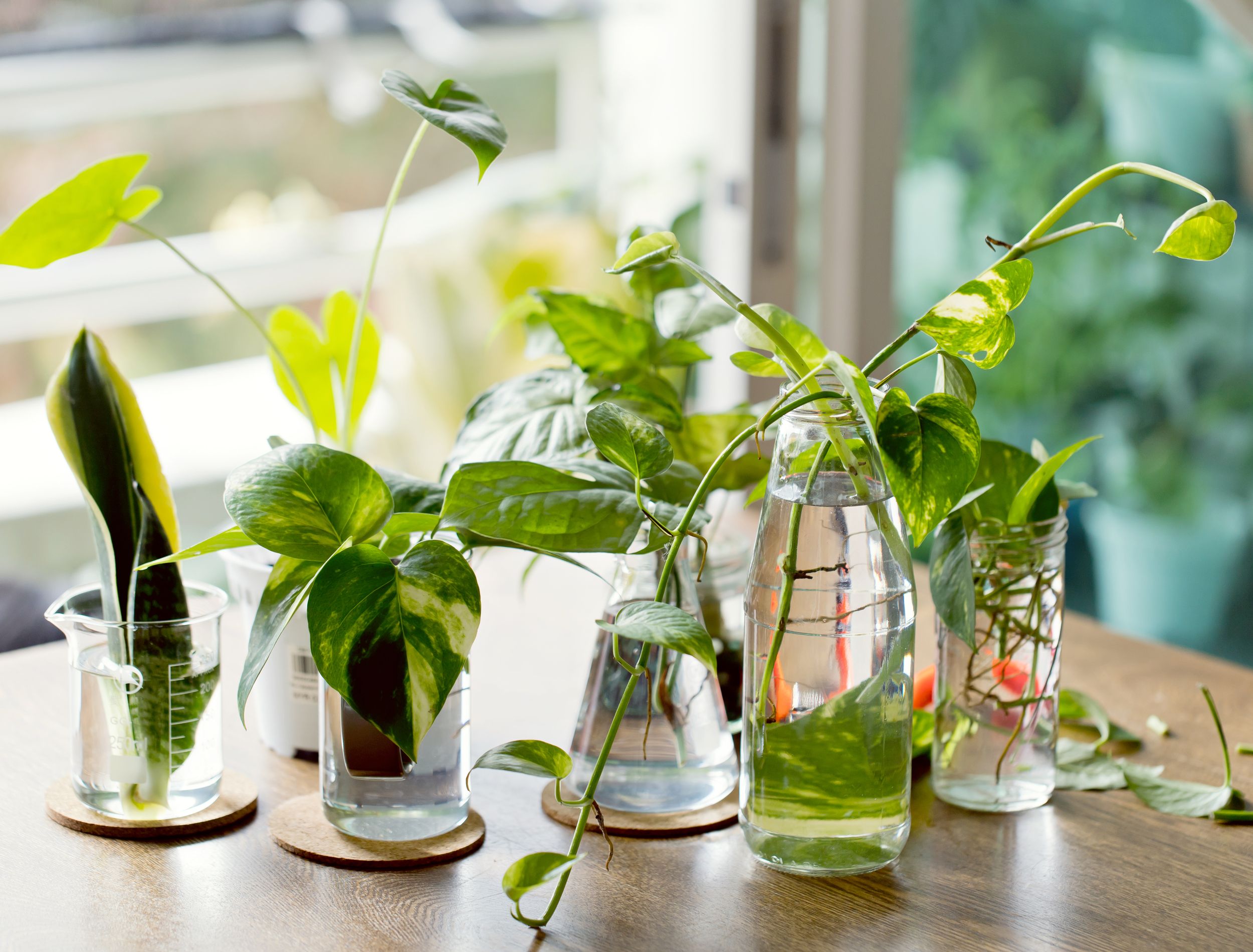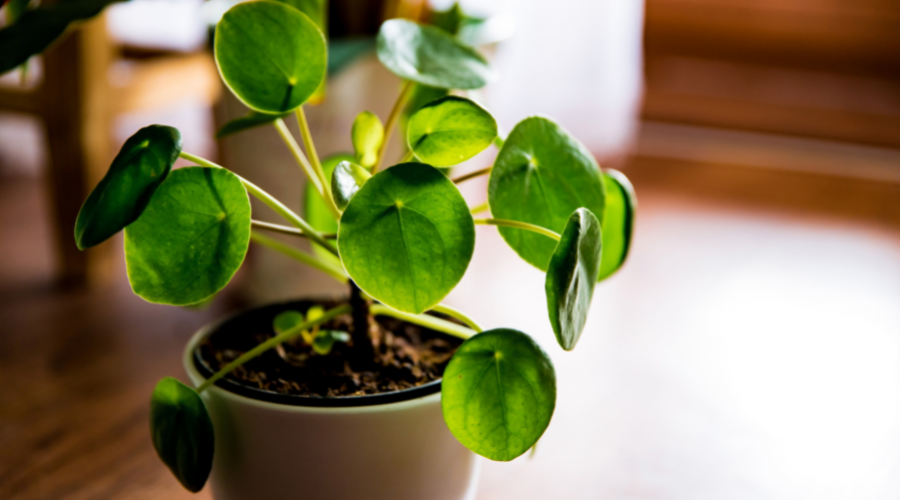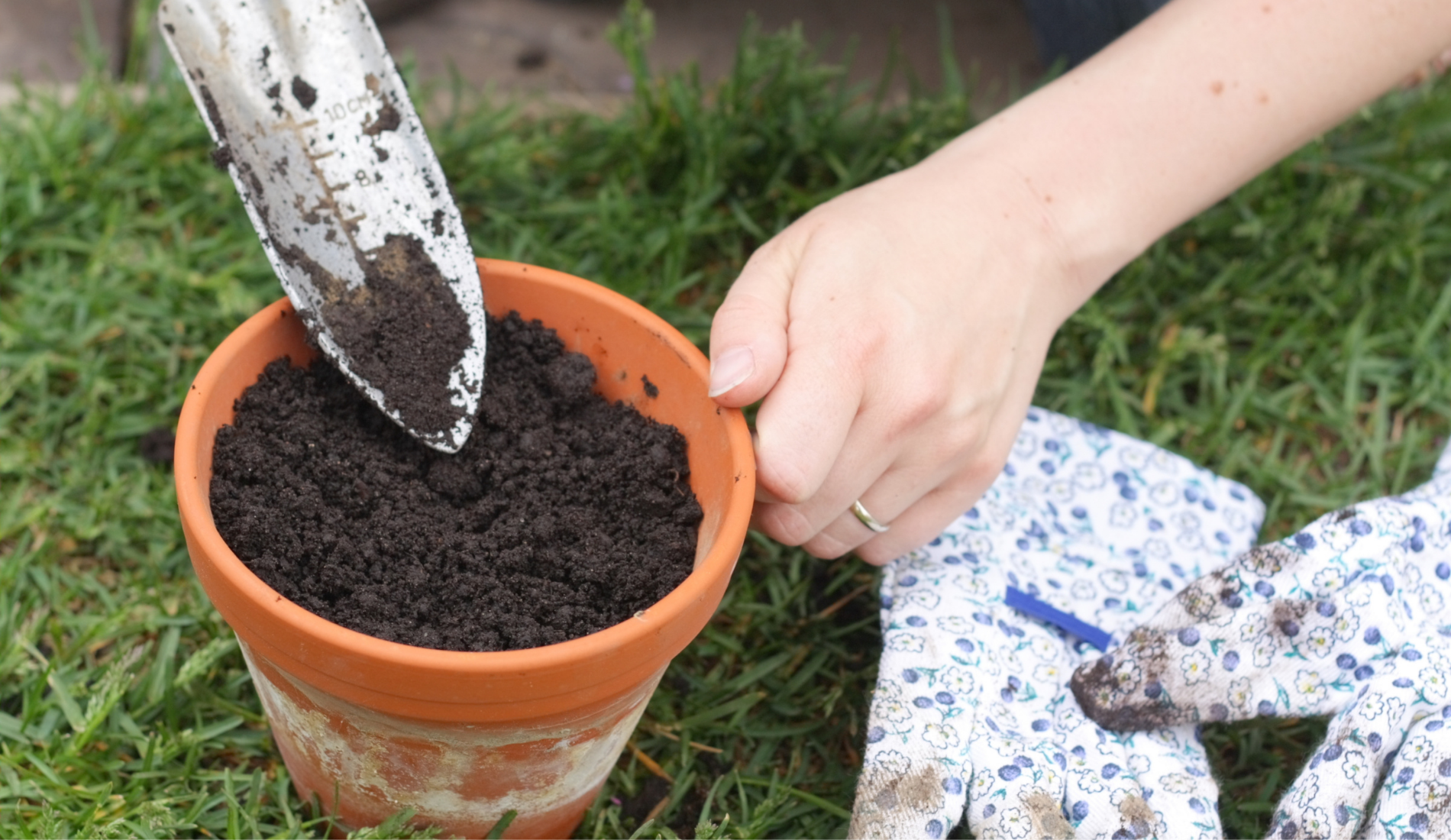Propagating houseplants is a great way to expand your collection without spending any money. It also allows you to share your beautiful plants with friends and family members. There are many different ways to propagate houseplants, but the most common method is taking stem cuttings.
Propagating by stem cuttings is relatively easy and only requires a few supplies you likely already have around the house. All you need is a sharp knife or pair of scissors, a container filled with water, and some patience.
Research
Image credits: Damian Lugowski via Canva
Before you begin propagating your houseplants, it is important to do some research on the plant species that you want to propagate. Some plants are easier to propagate than others, and some will produce better results than others. Make sure that the plant you are propagating is not poisonous. Once you have chosen your plant, follow the instructions below to propagate by stem cuttings.
Steps To Successfully Propagate Your Stem Cuttings
Propagating houseplants is a fun and rewarding way to grow your collection. By following the steps below, you can easily propagate many different types of plants. Once you have propagated your plants, give them the proper care and attention they need to thrive.
Choosing Your Stem
When propagating plants from stem cuttings, there are a few things to keep in mind to ensure success. First, choose a healthy plant to take your cutting from as it will be more likely to produce viable offspring. Using a sharp knife or pair of scissors, cut a 4-6 inch section off of a healthy stem. Try to choose a section that has at least 2-3 leaves.
Removing Unnecessary Leaves
Image credits: Oscar Yoshinori Toyofuku via Canva
Second, make sure the cutting you take has at least two leaves and is about four inches long. Once you have your cutting, remove any lower leaves so that only the top leaves remain.
Place In Water
Image credits: Kier In Sight
via Unsplash
You’ll need a clean container filled with fresh water. You can use a glass or plastic cup, jar, or even a recycled soda bottle – just make sure it’s clean and has no cracks or sharp edges. Once you have your container ready, fill it with water and add a small amount of liquid rooting hormone to the water. Stir well to mix.
Next, take your stem cutting and remove any leaves from the bottom half of the stem. Dip the bottom of the stem in the rooting hormone solution, then gently insert it into the container of water. Make sure that at least a couple of inches of the stem are submerged.
Place your container in a warm, sunny spot out of direct sunlight. Check on your cuttings regularly, and add more water as needed to keep the stems submerged. In about two weeks, you should see roots beginning to form. Once your plants have rooted, they can be transplanted into soil.
Pro Tip: When propagating plants in water, it’s important to use clean tools and containers. Sterilize all of your materials before starting, and change the water regularly to prevent the growth of bacteria.
Potting
Image credit: RobMattingley via Canva
Once the stem cutting has developed roots, it can be transplanted into a pot filled with soil. Make sure to choose a pot that is appropriately sized for the plant. In 4-6 weeks, you should see new growth appearing at the leaf nodes. Once your plants have rooted and are growing well, you can transplant them into larger pots or your garden.
Watering
Image credits: cottonbro via Canva
Watering newly potted stem cuttings is an important step in propagating plants. By keeping the soil moist, you will encourage root growth and help the plant to establish itself. Here are some tips on how to water your newly potted stem cuttings:
- Water regularly, but do not over-water. Stem cuttings need to be kept moist, but too much water can damage the roots or encourage rot. Water every few days or when the soil feels dry to the touch.
- Avoid using cold water, as this can shock the plant. Lukewarm water will help to promote healthy root growth.
- Apply water directly to the soil, not the leaves. Watering the leaves can cause them to rot or encourages fungal growth.
- Use a watering can with a fine nozzle to avoid damaging the delicate roots.
- Finally, do not allow the plant to sit in water, as this can damage the roots.
In Summary
Have you ever propagated a houseplant before? It’s a really easy process and can be done with just a few supplies that you likely have around the house. If you’re looking for a way to expand your collection without spending any money, propagate some of your favorite plants! By following these simple tips, you will be well on your way to successfully propagating your plants!
Do you have any tips or tricks for propagating houseplants? Let us know in the comments below!







